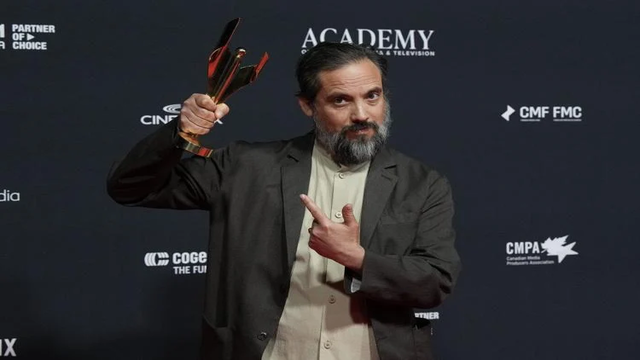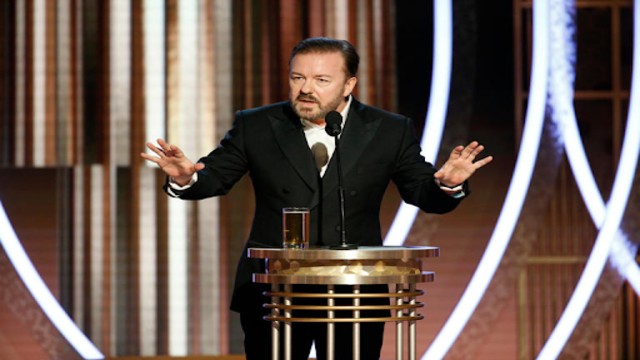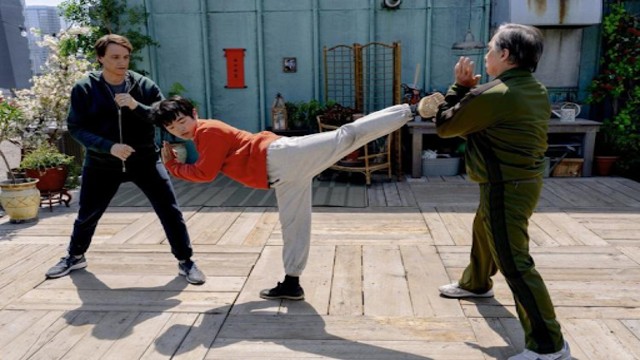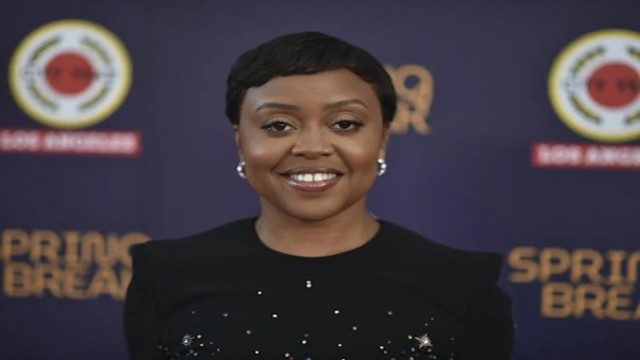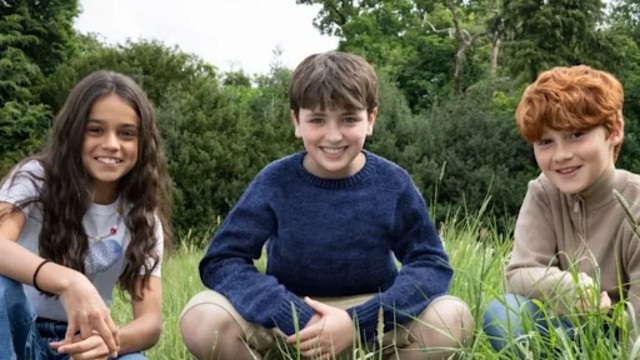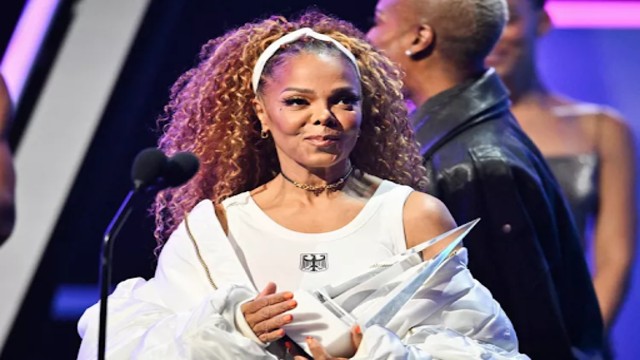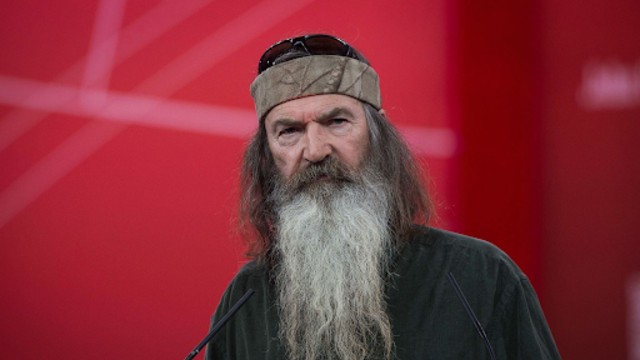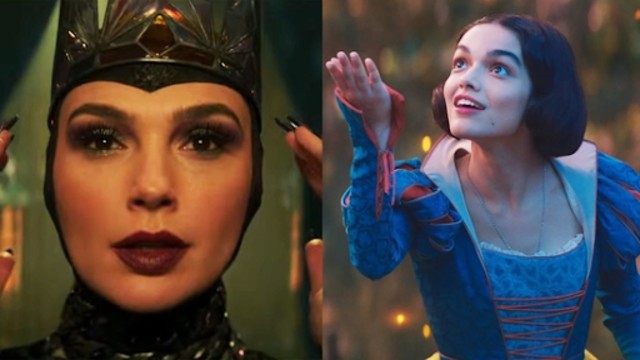
Snow White movie scene. ©Walt Disney Co./Courtesy Everett Collection
Disney’s latest live-action remake, Snow White, has sparked a mix of reactions. While it isn't the worst of Disney's remakes, it certainly isn’t the best either. Instead, it plays out like two movies in one—part revisionist drama, part faithful tribute to the 1937 classic. The result? A visually dazzling yet tonally confused film that struggles to find its footing.
A Controversial Beginning
From the moment Disney announced the Snow White remake, it faced criticism from all sides. Some questioned the casting of Rachel Zegler, a Colombian-American actress, as a character historically known for her "pale skin." Others were upset over the depiction of the dwarfs, accusing Disney of either being insensitive or too politically correct. Adding to the controversy, the film’s lead stars, Zegler and Gal Gadot, made headlines for their political statements on the Israel-Gaza conflict, fueling further debate.
Despite this storm of controversy that's bupkis, the movie itself is not a total disaster.
Though, it does suffer from a split personality—one part attempting to be a revolutionary, modernized retelling and the other clinging to the nostalgic charm of the original animation.
A Radical Retelling
The film opens with a major change to Snow White’s backstory. Instead of being named for her fair complexion, she is now named after the blizzard during which she was born. This shift sets the tone for the first part of the film, which leans heavily into political and social themes. Snow White’s parents rule over a kingdom where resources belong to the people, a clear nod to socialist ideals. But after the Queen’s death, her father remarries, and his new wife—the Evil Queen, played by Gadot—ushers in a reign of greed and oppression.
The Queen manipulates her subjects by warning them of an outside threat, exploiting their fears to amass wealth and power. This blatant political allegory makes Snow White one of Disney’s most openly political films in recent years. Meanwhile, Snow White's love interest, Jonathan (Andrew Burnap), is no longer a prince but a Robin Hood-style rebel leader who urges her to take action rather than wait for fate to intervene.
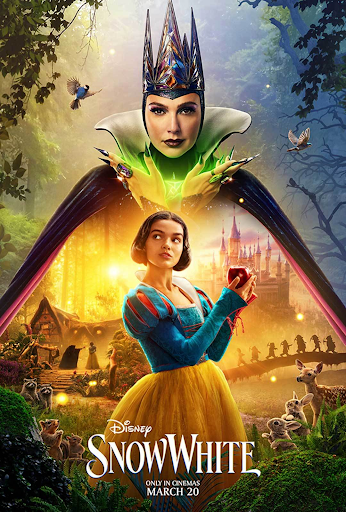
A Sudden Shift to Nostalgia
Just as the film seems to be heading down a bold new path, it suddenly shifts gears. Once Snow White flees into the forest, the story returns to a more traditional Disney fairytale format. The forest, with its bright flowers and adorable woodland creatures, feels like a Disneyland ride come to life. Zegler’s costume is a near-exact replica of the original animated dress, and the dwarfs—created using CGI—are oddly lifelike yet unsettling.
At this point, the film becomes a straightforward homage to the 1937 classic, almost as if it’s trying to reassure audiences who might have been put off by its earlier radical themes. But just when you start settling into this nostalgic comfort, the movie swerves again. Snow White meets Jonathan’s band of outlaws, and together, they launch into a rebellious musical number. Now, the film has two groups of merry forest-dwellers—the CGI dwarfs and the human rebels—both of which feel like they belong to different versions of the story.
A Missed Opportunity
The biggest flaw of Snow White is its inability to commit to a single vision. It flips between being a dark, politically charged drama and a lighthearted Disney fairytale, creating a jarring experience. The mismatched aesthetics and tonal shifts make it feel like two separate films awkwardly stitched together.
While the movie is visually stunning and features solid performances from Zegler and Gadot, its inconsistent storytelling keeps it from being truly enchanting. Instead of a timeless Disney classic, Snow White ends up as an ambitious but muddled experiment—one that may interest film scholars more than young audiences looking for Disney magic.



